
cd_nom
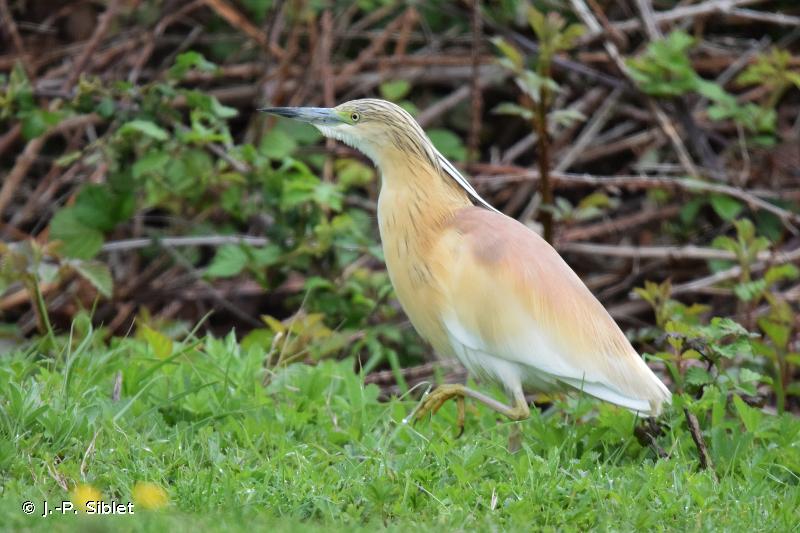
| Author : J.-P. Siblet |
 |
To get the picture, please visit:
Jean-Philippe SIBLET
Muséum national d'Histoire naturelle - Service du Patrimoine Naturel
36 rue Geoffroy Saint-Hilaire
CP 41
75 231 PARIS CEDEX 05
e-mail : inpn@mnhn.fr
Despite the Creative Commons license, please inform the author of the use which will be made of his photo
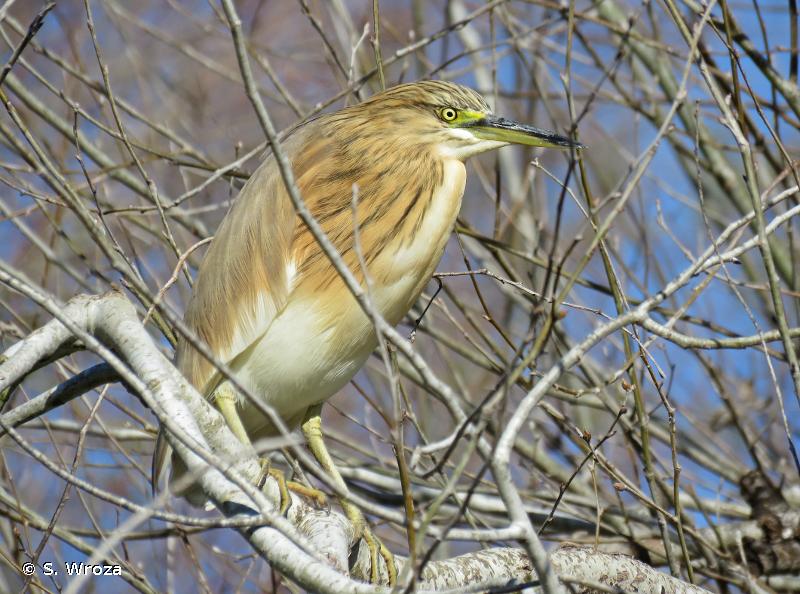
| Author : S. Wroza |
 |
Despite the Creative Commons license, please inform the author of the use which will be made of his photo
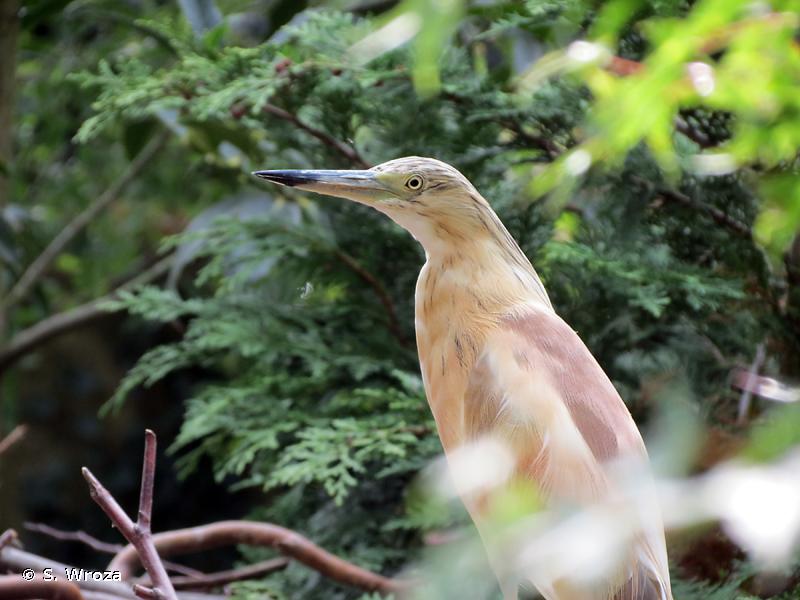
| Author : S. Wroza |
 |
Despite the Creative Commons license, please inform the author of the use which will be made of his photo
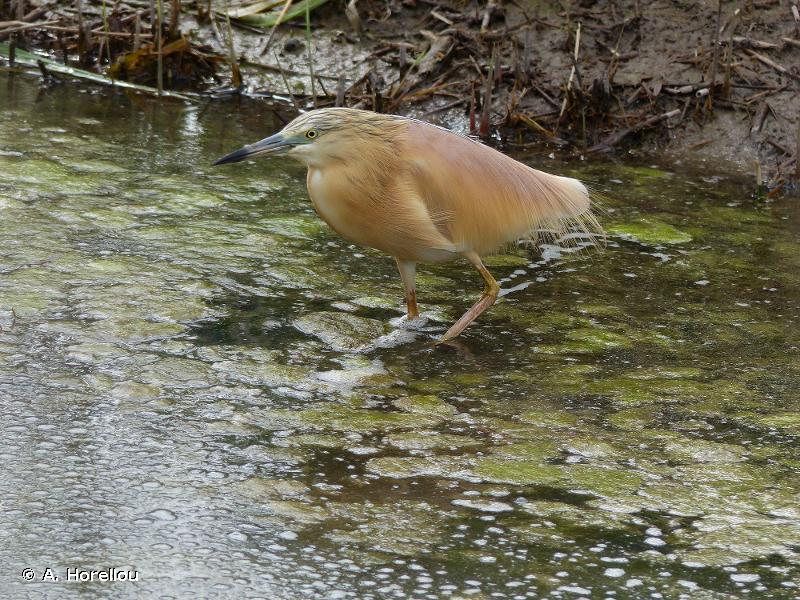
| Author : A. Horellou |
 |
To get the picture, please visit:
Horellou Arnaud
Muséum national d'Histoire naturelle
Service du Patrimoine Naturel - CP 41
36 rue Geoffroy Saint-Hilaire 75005 PARIS
email : inpn@mnhn.fr
Despite the Creative Commons license, please inform the author of the use which will be made of his photo
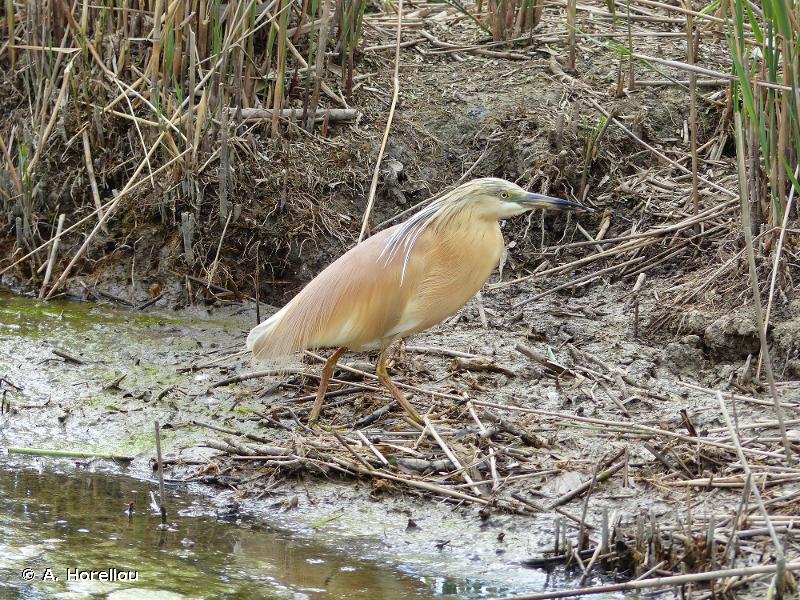
| Author : A. Horellou |
 |
To get the picture, please visit:
Horellou Arnaud
Muséum national d'Histoire naturelle
Service du Patrimoine Naturel - CP 41
36 rue Geoffroy Saint-Hilaire 75005 PARIS
email : inpn@mnhn.fr
Despite the Creative Commons license, please inform the author of the use which will be made of his photo
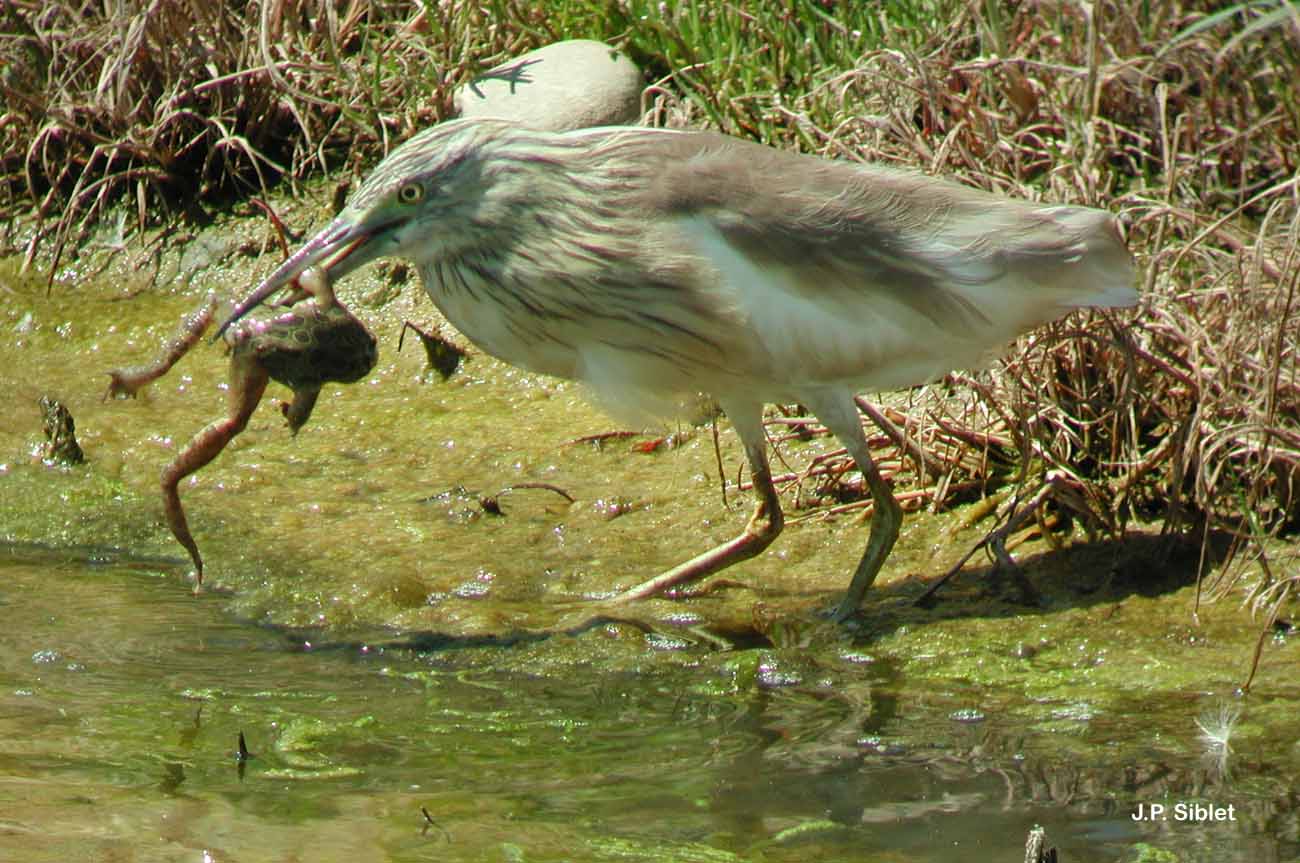
| Author : S. Siblet |
 |
To get the picture, please visit:
Sébastien SIBLET c/o Jean-Philippe SIBLET
Muséum national d'Histoire naturelle - Service du Patrimoine Naturel
36 rue Geoffroy Saint-Hilaire
CP 41
75 231 PARIS CEDEX 05
e-mail : inpn@mnhn.fr
Despite the Creative Commons license, please inform the author of the use which will be made of his photo

| Author : S. Wroza |
 |
Despite the Creative Commons license, please inform the author of the use which will be made of his photo
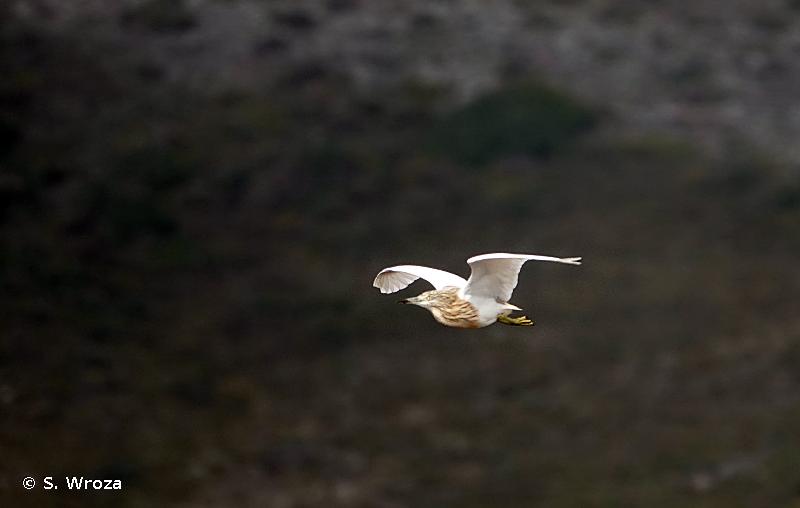
| Author : S. Wroza |
 |
Despite the Creative Commons license, please inform the author of the use which will be made of his photo

| Author : S. Wroza |
 |
Despite the Creative Commons license, please inform the author of the use which will be made of his photo

| Author : S. Wroza |
 |
Despite the Creative Commons license, please inform the author of the use which will be made of his photo
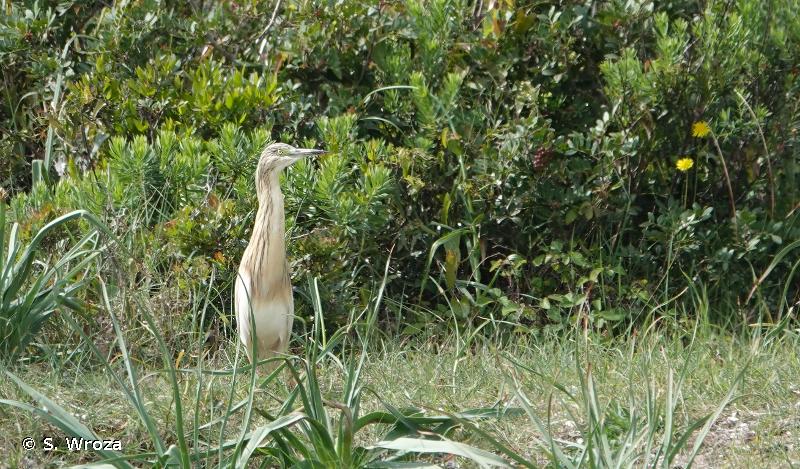
| Author : S. Wroza |
 |
Despite the Creative Commons license, please inform the author of the use which will be made of his photo
Longueur 44-47 cm, envergure 80-92 cm, poids 230-370 g.
Il habite les eaux douces stagnantes de plaine, notamment les marais agrémentés de trous d’eau, les canaux et fossés garnis d’une abondante végétation aquatique, avec des bouquets d’arbustes ou de saules où il peut se percher. Il peut pêcher à découvert dans des rizières ou des prairies inondées, mais préfère la protection d’un couvert dense.
Le Crabier se nourrit d’insectes et de leurs larves, d’amphibiens et de petits poissons. Il pêche seul ou en petits groupes lâches, de préférence au crépuscule.
L’espèce tend à être solitaire en dehors de la saison de reproduction, sauf sur les sites de dortoir où les Crabiers se regroupent volontiers. Elle est souvent grégaire au nid, s’installant au sein de héronnières mixtes et le plus souvent en petit nombre et à l’écart. Elle est monogame et le couple est formé pour une unique saison. Seuls les abords immédiats du nid sont défendus.
Le nid est une plate-forme plus ou moins fragile de branchettes ou de roseaux. La ponte unique de 4-6 œufs est déposée à partir de fin avril. L’incubation dure 23 jours et les jeunes sont volants vers l’âge de 45 jours.
Spanneut, L.(Ecosphère, Service du Patrimoine Naturel.),2008
Continental
Metropolitan France
Overseas
Marine
Metropolitan France
Overseas
The map presents a summary at the 10 x 10 km grid of the observation data for the species transmitted to the SINP. These data have been subjected to validation filters.
The map presents a reference distribution layer of the species at the scale of departments and marine sectors. The presence and absence data were established by expertise within a network of partners. This reference distribution is used in the validation process of the SINP data at the INPN level.
Corresponds to a report on the basis of at least one observation proved within a period of 10 years (20 years for little-known invertebrates) preceding the year and no presumption of extinction since obtaining the last data nor doubt on reproductive and implemented nature of this population. For migratory species, the presence indicated concerns areas of reproduction.
This status is based on one or more of the following criteria:
This point covers the absence, more difficult by nature to demonstrate than presence. This status is based on one or more of the following criteria:
This status must be assigned to a department in which the presence of the species is casual.
Particular case of absence due to a proven extinction less than a half century ago (older disappearances are treated as "no probable or definite").
In the state of knowledge, we can not comment on the presence or absence in the current department. This is the default status when not comprised in one of the previous categories or whenever there is doubt.
The map shows the global distribution of the species based on GBIF data (Global Biodiversity Information Facility).
